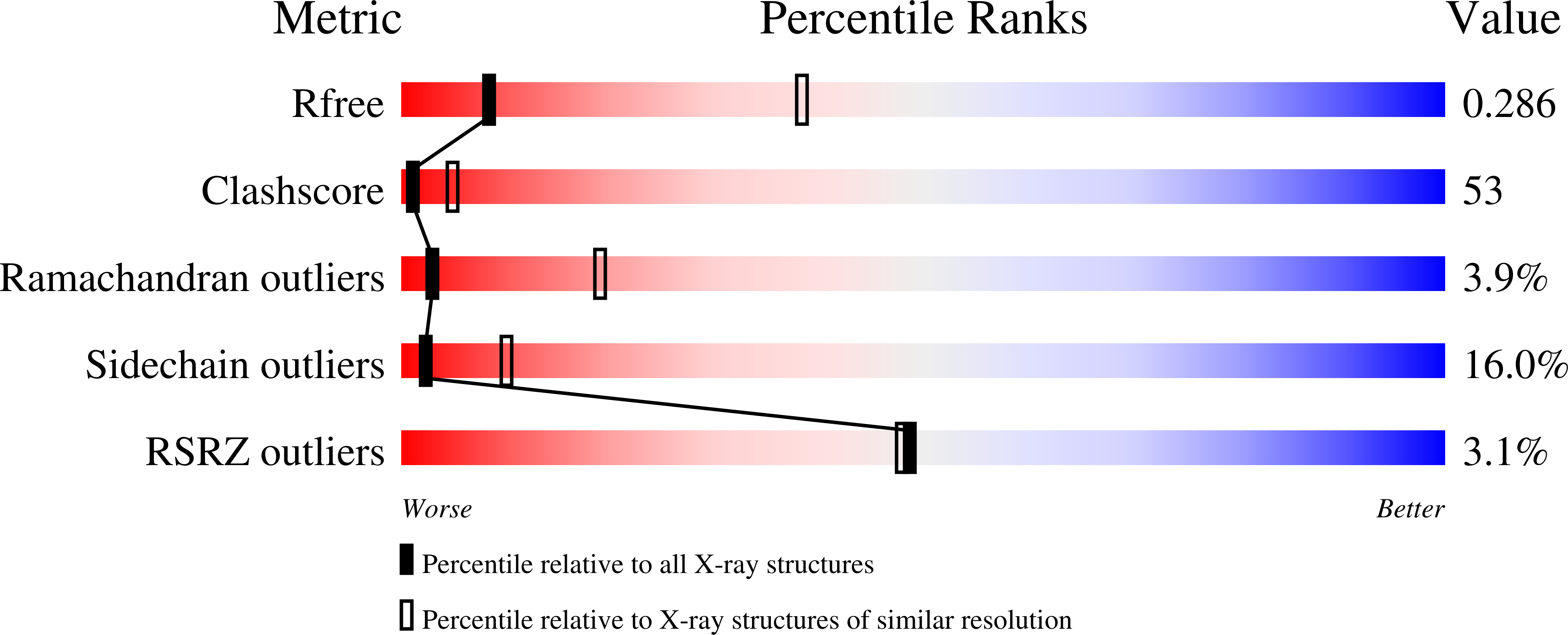
Deposition Date
2006-01-16
Release Date
2006-07-25
Last Version Date
2024-10-23
Entry Detail
PDB ID:
2DCU
Keywords:
Title:
Crystal structure of translation initiation factor aIF2betagamma heterodimer with GDP
Biological Source:
Source Organism:
Pyrococcus furiosus (Taxon ID: 186497)
Host Organism:
Method Details:
Experimental Method:
Resolution:
3.40 Å
R-Value Free:
0.29
R-Value Work:
0.24
Space Group:
P 21 21 21


